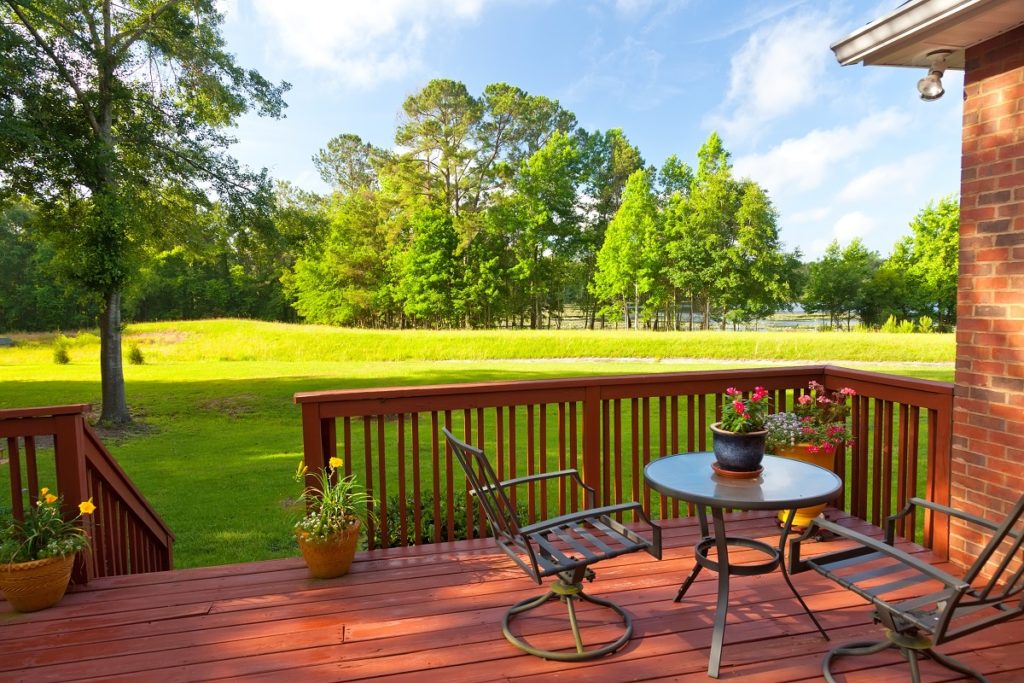Outdoor dining is a feast for all of our bodies’ senses. Our taste buds engage with the food, our nose interacts with the smell of flowers in our garden, we watch tree frogs, hear crickets, and most of all, bask in the feeling of the morning or evening breeze. Dining outdoors doesn’t only make your stomach full. It also fills your well-being.
Sounds exciting, doesn’t it? Well, that’s because alfresco dining is exciting. Typically, you can get the full experience by paying restaurants some hundred dollars to thousands, depending on your taste. But we’re sure you know you can create your personalized and experience in the comfort of your home.
It might sound difficult to set up an alfresco dining session, but it’s well worth it. You’ll need an outdoor space big enough for the number of people who will eat, a sturdy canopy that won’t get blown away by the wind, comfy chairs, and spacious tables that can carry all the food you’ll prepare. Not too difficult now, is it?
After you’ve gathered what you need, you should know what to do with them. Luckily, you’re not the only one who appreciates and basks in the sensory feast brought by outdoor dining. To help a fellow alfresco diner, here are three important things we’d love for you to know when it comes to preparing for an outdoor meal at home:
1. Spot the right spot.
Knowing you have the space for a good outdoor dining experience is one but finding where to place everything and eat is another. Take the real estate agent’s selling cue—location. Where you’ll plop everything down will define the convenience, comfort, and ease of outdoor dining.
It won’t be easy to carry dishes from your kitchen to the far side of your yard; you might even spill them. That can spoil the experience. Tableware isn’t also easy to carry. Some break easily and are heavy.
The sweet spot would be just close and far enough to make shuttling the necessities easy and far enough to make the spot feel like a different place providing a different experience from your dining room.
The view also matters. If you have a garden at home, you can place your dining tables in a place where you can view your ornaments and immerse yourself in the outdoor experience.
A good spot is also a spot that can protect you from weather elements. Sudden strong winds and rain can be a pain when you want to enjoy dining outdoors, but they can’t be avoided. So, better plan and look for a place that offers the protection you need.
2. Plan for the number of people that will dine.

Are you planning a dining experience for yourself, your partner, or a group of people? Then it’s just right to allow space suitable for the number of people you plan on inviting to your outdoor experience.
Having too little space can make the whole thing uncomfortable, especially when it’s scorching out and everyone’s breaking a sweat. The last thing you want in that situation is to rub skin with other people. Alfresco dining should feel refreshing, making the right planning essential.
Besides the space, you’ll also need to prepare an ample amount of food for you and your guests. Cooking too little will leave your tummies unsatisfied but cooking too many can lead to food wasted. The best measure would be to confirm the exact number of people that will join you and cook based on that.
3. Plan the experience.
Alfresco or outdoor dining has a variety of themes under it. You can go with a beach-like feel, a forest feel, or any other theme you want. There are no boundaries for the theme you want, as long as it can accommodate people.
For dining out a patio, you’d want to keep the area clear from anything that will fall, such as pots and vases. If you want them as decorations, make sure you place them somewhere safe from accidentally tipping over.
You can also opt to sit on the floor and use a table with shorter legs. This takes you and your guests away from the usual sitting style, creating a whole new experience. That’s what we’re after. If you plan on sitting on the floor, make sure you place foams and other types of cushion to keep yourself comfortable. You should also clean the floor well. Make sure it’s free from bugs or ants that can bite and cause skin reactions.

